Home>Furniture & Design>Interior Design Trends>How Hot Is Molten Glass
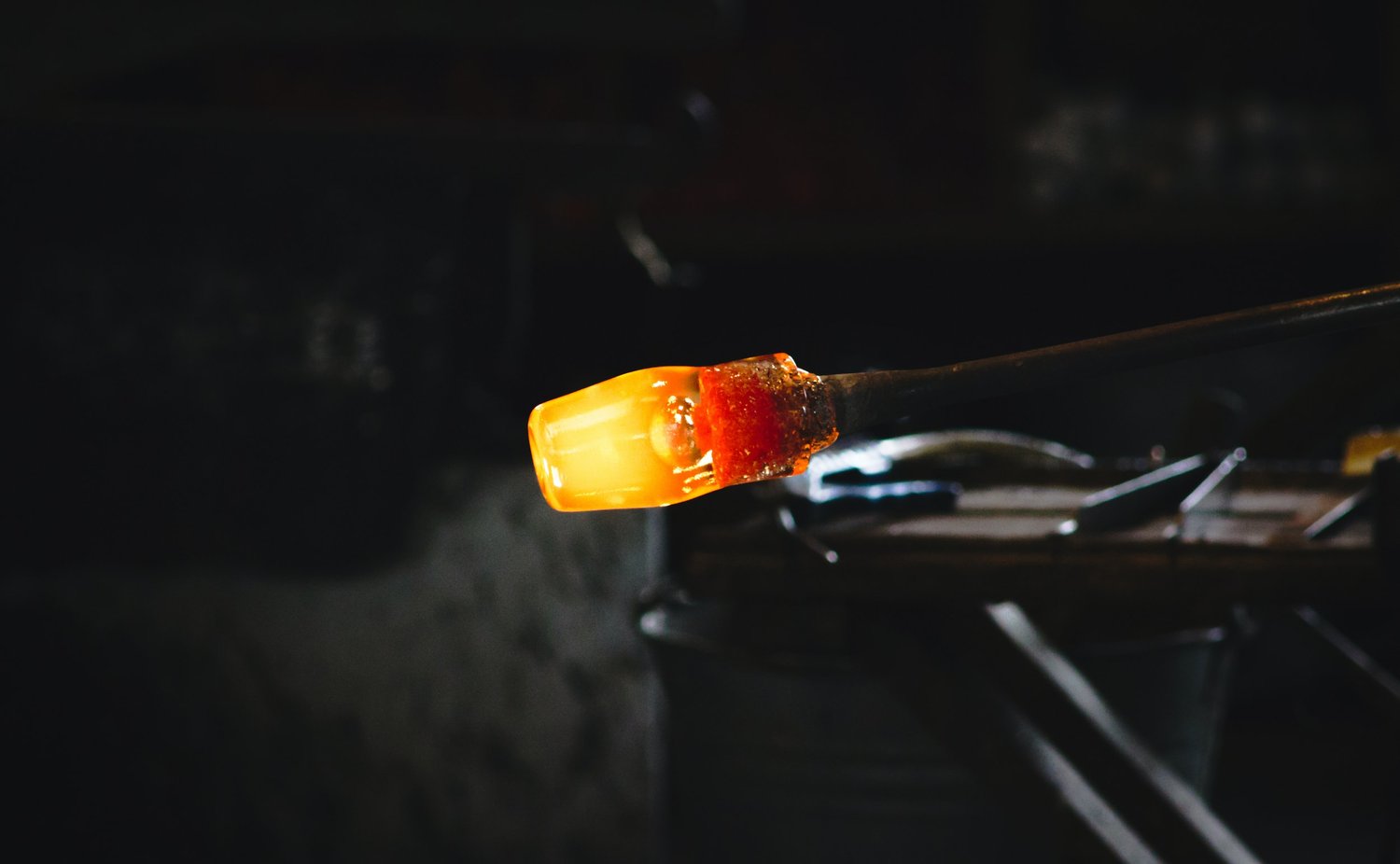

Interior Design Trends
How Hot Is Molten Glass
Modified: October 20, 2024
Discover the latest interior design trends with insights on how hot molten glass can elevate your space. Explore the art of glassblowing and its impact on modern design.
(Many of the links in this article redirect to a specific reviewed product. Your purchase of these products through affiliate links helps to generate commission for Storables.com, at no extra cost. Learn more)
Introduction
Molten glass, with its mesmerizing glow and fluidity, has been a cornerstone of human creativity and innovation for centuries. The process of heating solid glass to its molten state unlocks a world of possibilities, allowing artisans and manufacturers to shape and mold this versatile material into exquisite works of art, functional objects, and architectural marvels. Understanding the nature of molten glass, including its temperature, properties, and applications, is essential for appreciating its significance in various industries and artistic endeavors.
The allure of molten glass lies in its transformative nature. By subjecting solid glass to intense heat, typically exceeding 1,000 degrees Celsius, it undergoes a remarkable metamorphosis, turning into a molten, viscous substance that can be manipulated and sculpted with precision. This process, often carried out in specialized furnaces, demands skill, precision, and an acute understanding of the material's behavior at extreme temperatures.
As we delve into the realm of molten glass, we will explore the factors that influence its temperature, the artistry and craftsmanship involved in working with it, and the diverse applications that harness its molten form. From the delicate art of glassblowing to the cutting-edge technologies used in glass manufacturing, the world of molten glass is a captivating fusion of tradition and innovation.
Join us on a journey through the scintillating world of molten glass, where heat and creativity converge to produce objects of timeless beauty and utility.
Key Takeaways:
- Molten glass transforms at 1,100-1,600°C, allowing artisans to create beautiful art and functional objects. Understanding its temperature dynamics is crucial for shaping its fluid and malleable nature.
- Factors like glass composition, heating methods, and environmental conditions influence the heat needed to melt glass. This affects its workability and opens doors for artistic, industrial, and technological innovations.
Read more: How Hot Can Glass Get
The Temperature of Molten Glass
The temperature at which glass transforms from a solid state to a molten form is a critical aspect of working with this versatile material. Typically, the melting point of glass ranges from 1,100 to 1,600 degrees Celsius (2,012 to 2,912 degrees Fahrenheit), depending on the specific composition of the glass. This broad temperature range reflects the diverse types of glass, each with its unique chemical makeup and physical properties.
For instance, soda-lime glass, commonly used in everyday objects such as bottles and windows, has a lower melting point, typically around 1,500 degrees Fahrenheit (815 degrees Celsius). In contrast, borosilicate glass, known for its exceptional thermal resistance and durability, requires a higher melting temperature, often exceeding 1,600 degrees Celsius (2,912 degrees Fahrenheit).
The precise temperature at which glass transitions from a solid to a molten state is crucial for artisans and manufacturers. It dictates the viscosity and workability of the molten glass, influencing the techniques and tools required for shaping and manipulating it. At higher temperatures, molten glass becomes more fluid and malleable, allowing for intricate designs and delicate details. Conversely, lower temperatures yield a thicker, more viscous molten glass, suitable for certain applications such as casting and kiln forming.
In the realm of glassblowing, a traditional and revered craft, artisans skillfully manipulate molten glass at temperatures exceeding 1,000 degrees Celsius. This intense heat renders the glass pliable, enabling artisans to blow, shape, and sculpt it into exquisite vessels, ornaments, and decorative pieces. The mastery of temperature control is paramount in this art form, as it directly influences the fluidity and behavior of the molten glass.
Moreover, in industrial glass manufacturing, the precise regulation of temperature is fundamental to achieving consistent quality and structural integrity. Furnaces designed to reach and maintain the specific melting points of various types of glass are essential for producing glass sheets, containers, and optical fibers with exacting precision.
Understanding the temperature dynamics of molten glass is not only a technical necessity but also a testament to the profound relationship between heat and creativity. It is at these elevated temperatures that the raw potential of solid glass is unleashed, allowing artisans and manufacturers to craft objects of enduring beauty and functionality.
In essence, the temperature of molten glass serves as the catalyst for transformation, turning a rigid, translucent material into a molten canvas for artistic expression and industrial innovation.
Factors Affecting the Heat of Molten Glass
The heat required to transform solid glass into its molten state is influenced by a myriad of factors, each playing a pivotal role in the behavior and workability of the molten glass. Understanding these factors is essential for artisans, manufacturers, and researchers seeking to harness the transformative potential of molten glass.
1. Glass Composition
The chemical composition of glass profoundly impacts its melting point and thermal properties. Different types of glass, such as soda-lime, borosilicate, and lead crystal, exhibit varying melting points due to the unique combinations of silica, soda ash, limestone, and other additives. For instance, the addition of boron in borosilicate glass enhances its thermal resistance, necessitating higher temperatures for melting compared to soda-lime glass.
2. Thermal Conductivity
The ability of glass to conduct and retain heat influences the energy required to elevate it to its molten state. Glass with higher thermal conductivity may require more sustained heating to achieve uniform molten consistency, while low-conductivity glass may respond more rapidly to heat application.
Read more: How To Get Hot Glue Off Glass
3. Heating Method
The method of heating, whether through direct flame, electric resistance, or induction, can significantly impact the efficiency and uniformity of glass melting. Each heating method introduces distinct heat distribution patterns and thermal gradients, affecting the overall energy consumption and the quality of the molten glass.
4. Environmental Conditions
External factors, such as ambient temperature, humidity, and air circulation, can influence the heat transfer and stability of molten glass. Controlling these environmental variables is crucial in industrial glass manufacturing to ensure consistent melting and shaping processes.
5. Thermal Insulation
The design and insulation of glass melting furnaces play a critical role in maintaining the required temperatures and minimizing heat loss. Efficient insulation materials and furnace construction contribute to energy conservation and the precise control of molten glass temperatures.
6. Chemical Reactions
During the melting process, chemical reactions within the glass composition can affect its thermal behavior. For instance, the release of gases or the formation of crystalline structures at specific temperatures can alter the viscosity and flow characteristics of the molten glass.
7. Thermal Expansion
The expansion and contraction of glass as it undergoes temperature changes impact its response to heating. Understanding the thermal expansion coefficients of different glass compositions is essential for preventing thermal stress and ensuring the integrity of molten glass during shaping and cooling processes.
By comprehensively considering these factors, artisans, engineers, and researchers can optimize the heating processes for molten glass, unlocking its full potential for artistic expression, technological innovation, and industrial applications. The intricate interplay of these factors underscores the dynamic nature of working with molten glass, where heat, chemistry, and craftsmanship converge to shape the future of glass artistry and manufacturing.
Applications of Molten Glass
The molten state of glass, with its remarkable fluidity and adaptability, serves as the foundation for a diverse array of applications across artistic, industrial, and technological domains. From the time-honored art of glassblowing to cutting-edge innovations in architectural glazing, the versatility of molten glass continues to inspire creativity and drive advancements in various industries.
1. Artistic Glassblowing
The art of glassblowing, which dates back to ancient times, relies on the malleability of molten glass to create intricate vessels, sculptures, and decorative objects. Skilled artisans deftly manipulate molten glass, shaping it into exquisite forms through blowing, sculpting, and molding techniques. The molten state of glass allows for the realization of intricate designs and delicate details, resulting in captivating works of art that showcase the fluidity and luminosity of the material.
2. Glass Casting and Kiln Forming
Molten glass finds application in the realm of casting and kiln forming, where it is poured or ladled into molds to create three-dimensional sculptures, architectural components, and functional objects. The controlled cooling of the molten glass within the molds yields unique textures and forms, making it a favored medium for artists and designers seeking to explore the interplay of light and form in their creations.
Read more: How To Keep Hot Tub Hot In Winter
3. Industrial Glass Manufacturing
In the realm of industrial manufacturing, molten glass is the cornerstone of producing a wide range of products, including flat glass for windows and architectural facades, glass containers for beverages and pharmaceuticals, and optical fibers for telecommunications. The controlled melting and shaping of glass on an industrial scale require precise temperature regulation and advanced forming techniques, underscoring the indispensable role of molten glass in modern manufacturing processes.
4. Architectural Glazing and Innovations
Molten glass has revolutionized architectural design and construction, enabling the creation of expansive glass facades, structural elements, and innovative building materials. Through techniques such as float glass production and lamination, molten glass is transformed into high-performance glazing systems that enhance energy efficiency, daylighting, and aesthetic appeal in contemporary buildings and urban landscapes.
5. Scientific and Technological Advancements
The unique properties of molten glass, including its optical clarity, thermal stability, and chemical resistance, have propelled its use in scientific instruments, laboratory equipment, and advanced technologies. From precision optics and fiber optics to glass-ceramic materials and specialty glass compositions, molten glass continues to underpin breakthroughs in diverse fields, contributing to the advancement of research, healthcare, and telecommunications.
6. Artisanal and Decorative Applications
Beyond traditional glassblowing, molten glass is employed in crafting bespoke lighting fixtures, ornamental glassware, and custom architectural elements that embody the fusion of artistry and functionality. The molten state of glass allows artisans and designers to push the boundaries of form and expression, resulting in bespoke creations that enrich interior spaces and architectural environments.
The applications of molten glass exemplify its enduring relevance and adaptability in the realms of art, industry, and innovation. From the time-honored traditions of glass artistry to the forefront of technological advancements, molten glass continues to captivate and inspire, shaping the material landscape with its luminous presence and transformative potential.
Read more: How To Turn On Hot Spring Hot Tub
Conclusion
In conclusion, the captivating allure of molten glass, with its transformative nature and remarkable versatility, transcends the boundaries of art, industry, and innovation. The temperature dynamics of molten glass, ranging from 1,100 to 1,600 degrees Celsius, underscore the intricate interplay of heat, chemistry, and craftsmanship in shaping this luminous material into objects of enduring beauty and functionality.
The factors influencing the heat of molten glass, including glass composition, thermal conductivity, heating methods, environmental conditions, thermal insulation, chemical reactions, and thermal expansion, highlight the multifaceted nature of working with this extraordinary material. By comprehensively understanding and optimizing these factors, artisans, engineers, and researchers can harness the full potential of molten glass, driving advancements in glass artistry, manufacturing, and technological applications.
The applications of molten glass, spanning from the time-honored traditions of glassblowing to cutting-edge innovations in architectural glazing and scientific advancements, exemplify its enduring relevance and adaptability. From the creation of intricate vessels and sculptures to the production of high-performance architectural glazing systems and advanced optical fibers, molten glass continues to inspire creativity and drive progress across diverse domains.
As we reflect on the scintillating world of molten glass, it becomes evident that its transformative potential extends far beyond its molten state. It serves as a testament to the enduring legacy of human creativity, ingenuity, and the seamless fusion of tradition and innovation. The captivating interplay of heat and creativity in the realm of molten glass exemplifies the profound relationship between material science, artistry, and industrial progress, shaping the material landscape with its luminous presence and transformative potential.
In essence, the journey through the realm of molten glass unveils a world where heat and creativity converge, where solid glass transcends its inherent rigidity to become a molten canvas for artistic expression, technological innovation, and industrial applications. It is a world where the mesmerizing glow of molten glass illuminates the boundless possibilities that emerge when human ingenuity meets the transformative power of heat.
Frequently Asked Questions about How Hot Is Molten Glass
Was this page helpful?
At Storables.com, we guarantee accurate and reliable information. Our content, validated by Expert Board Contributors, is crafted following stringent Editorial Policies. We're committed to providing you with well-researched, expert-backed insights for all your informational needs.

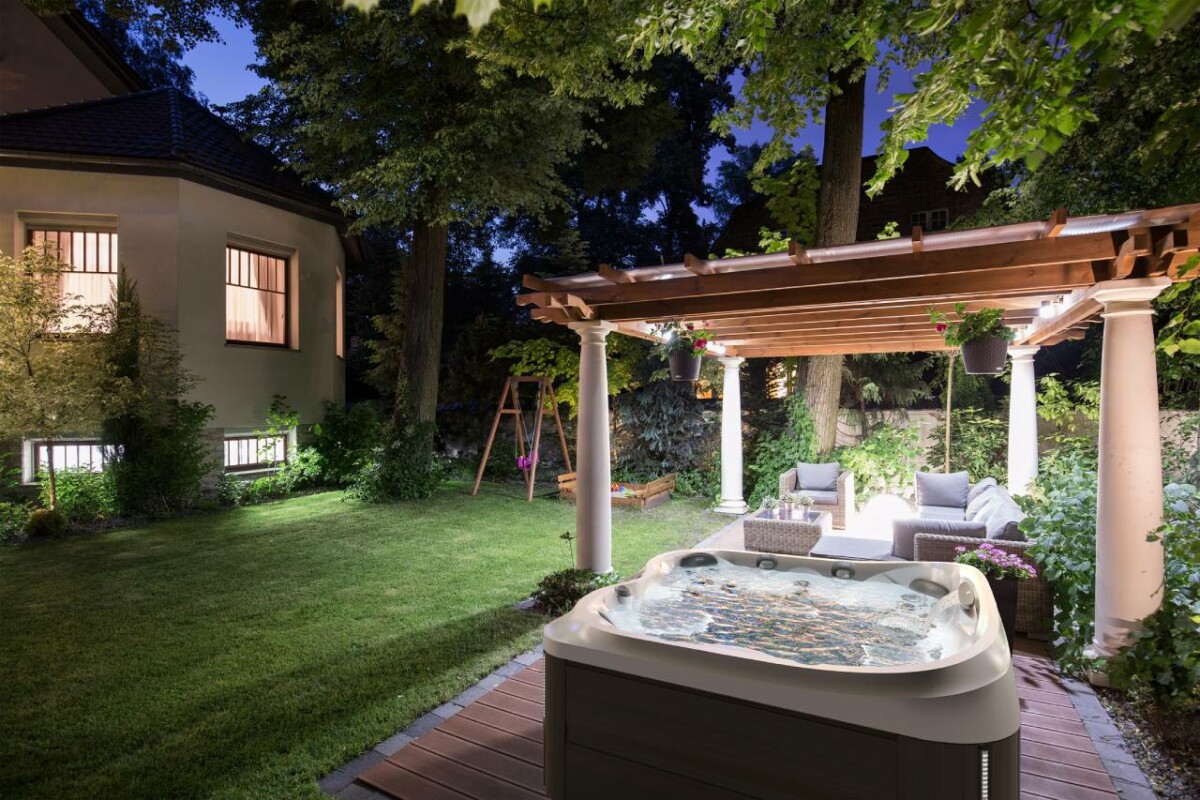
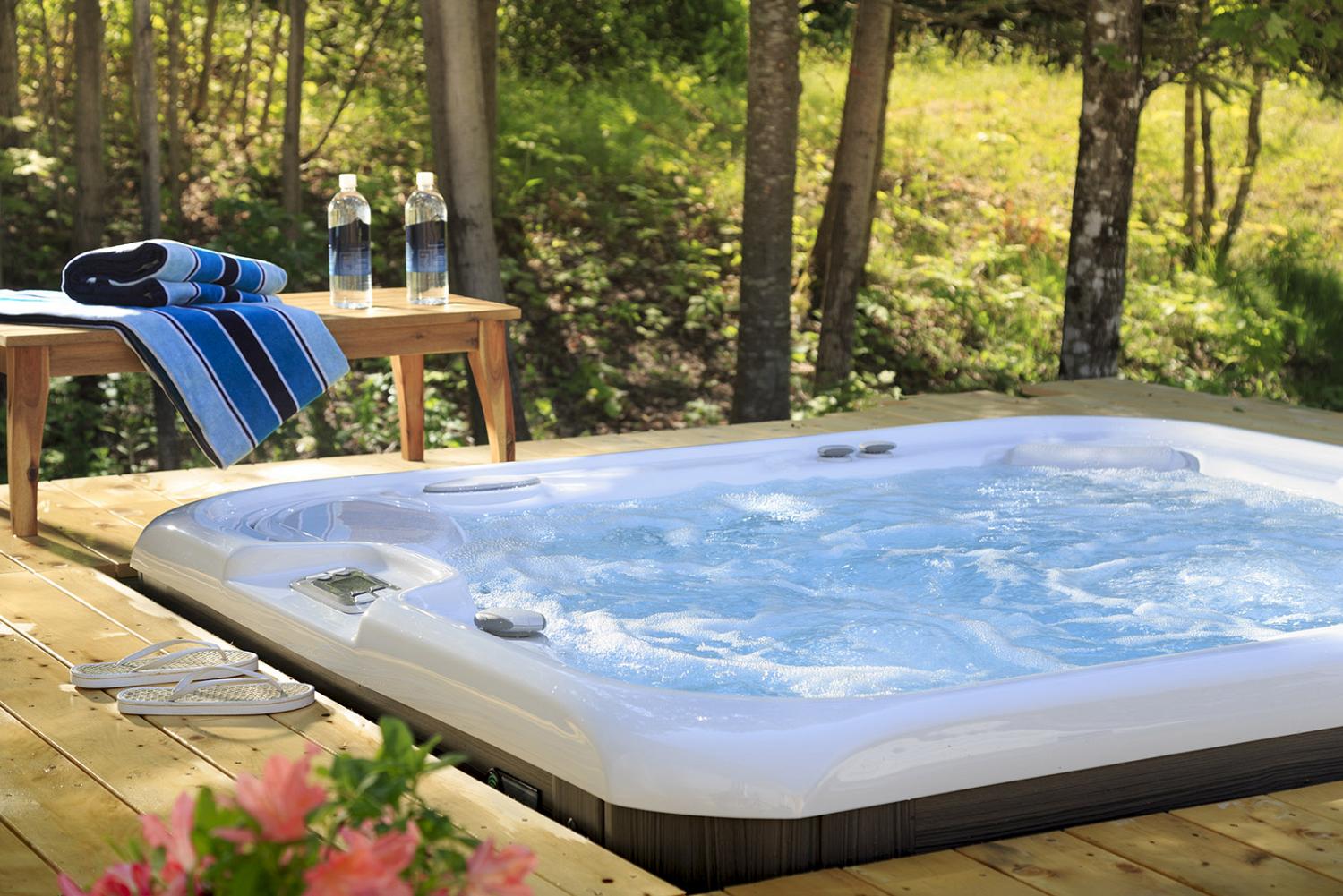
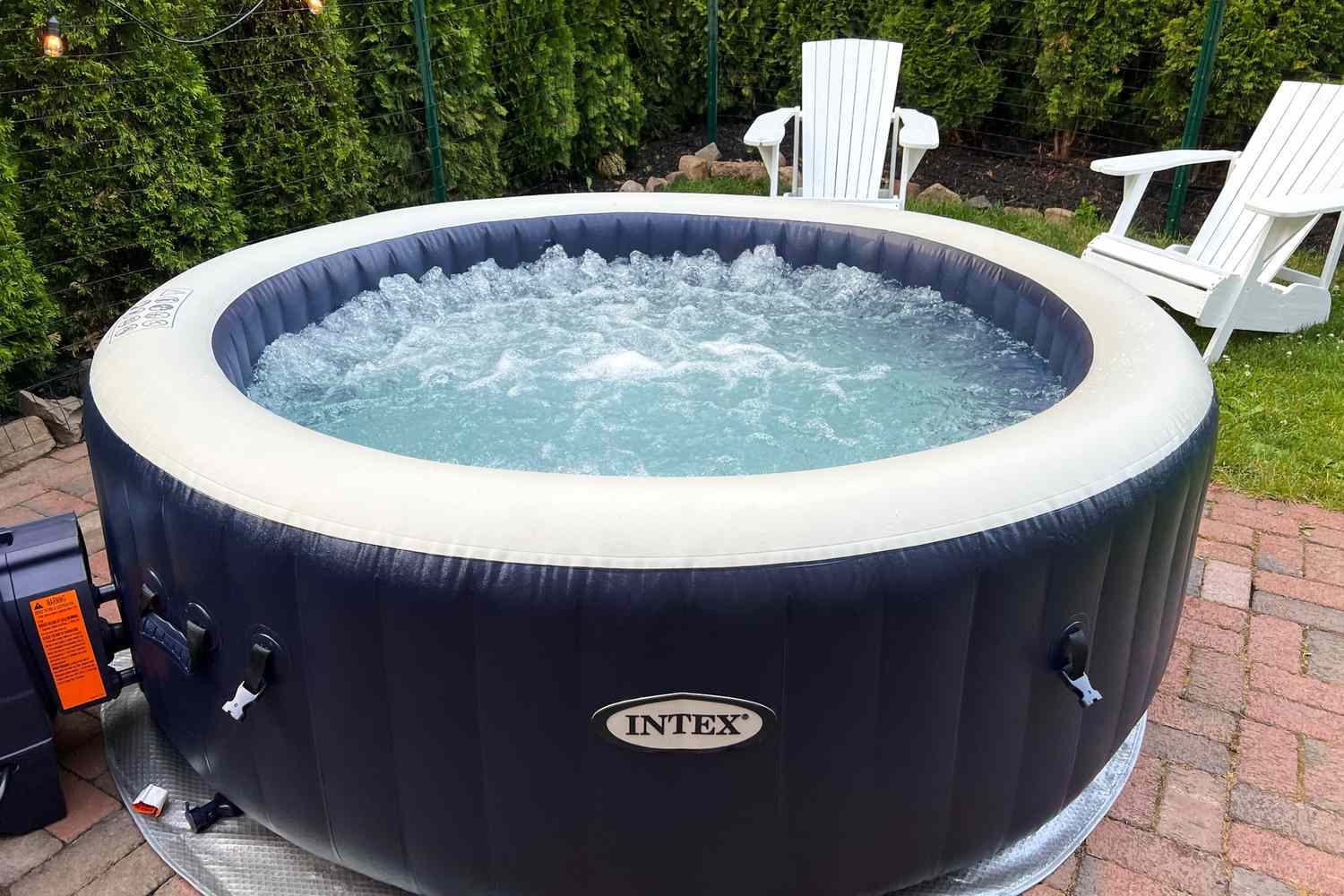

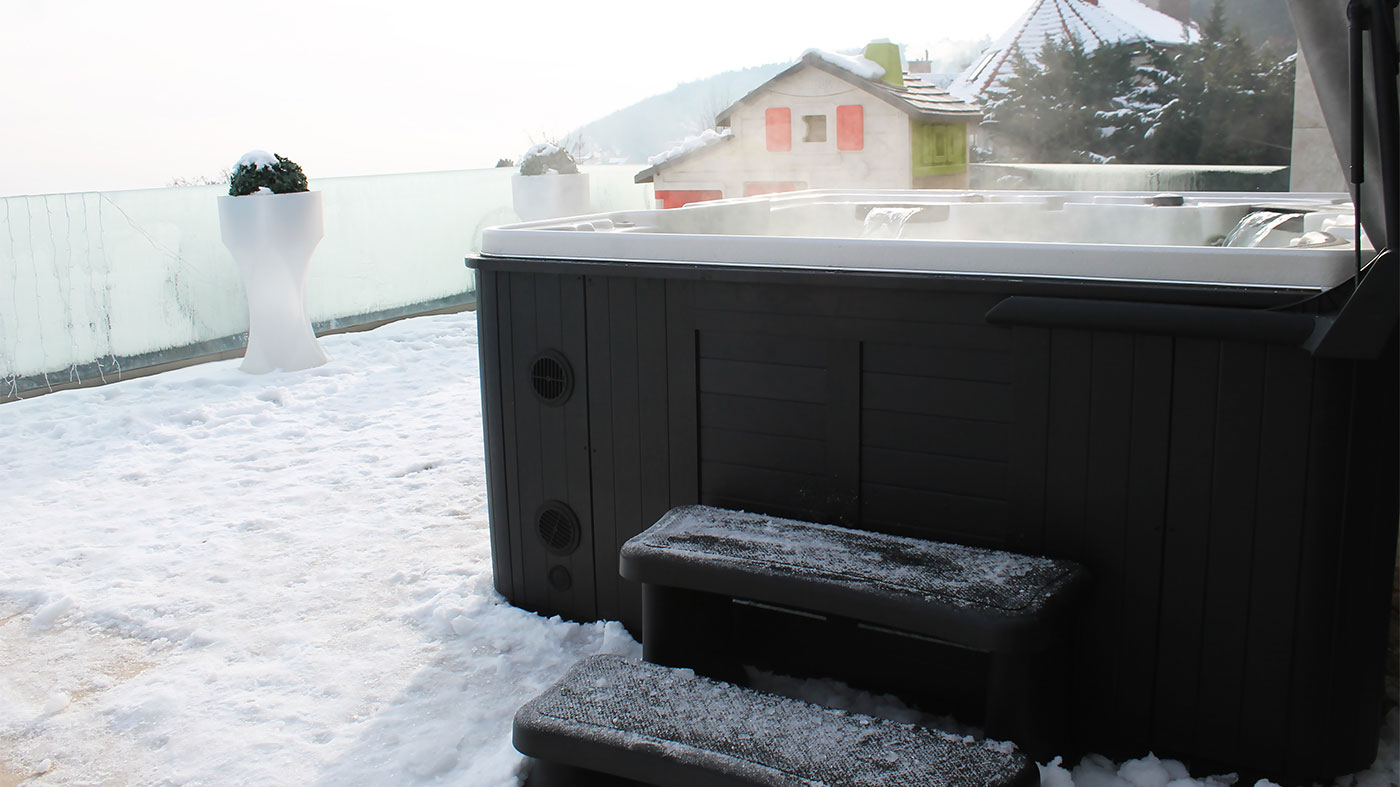
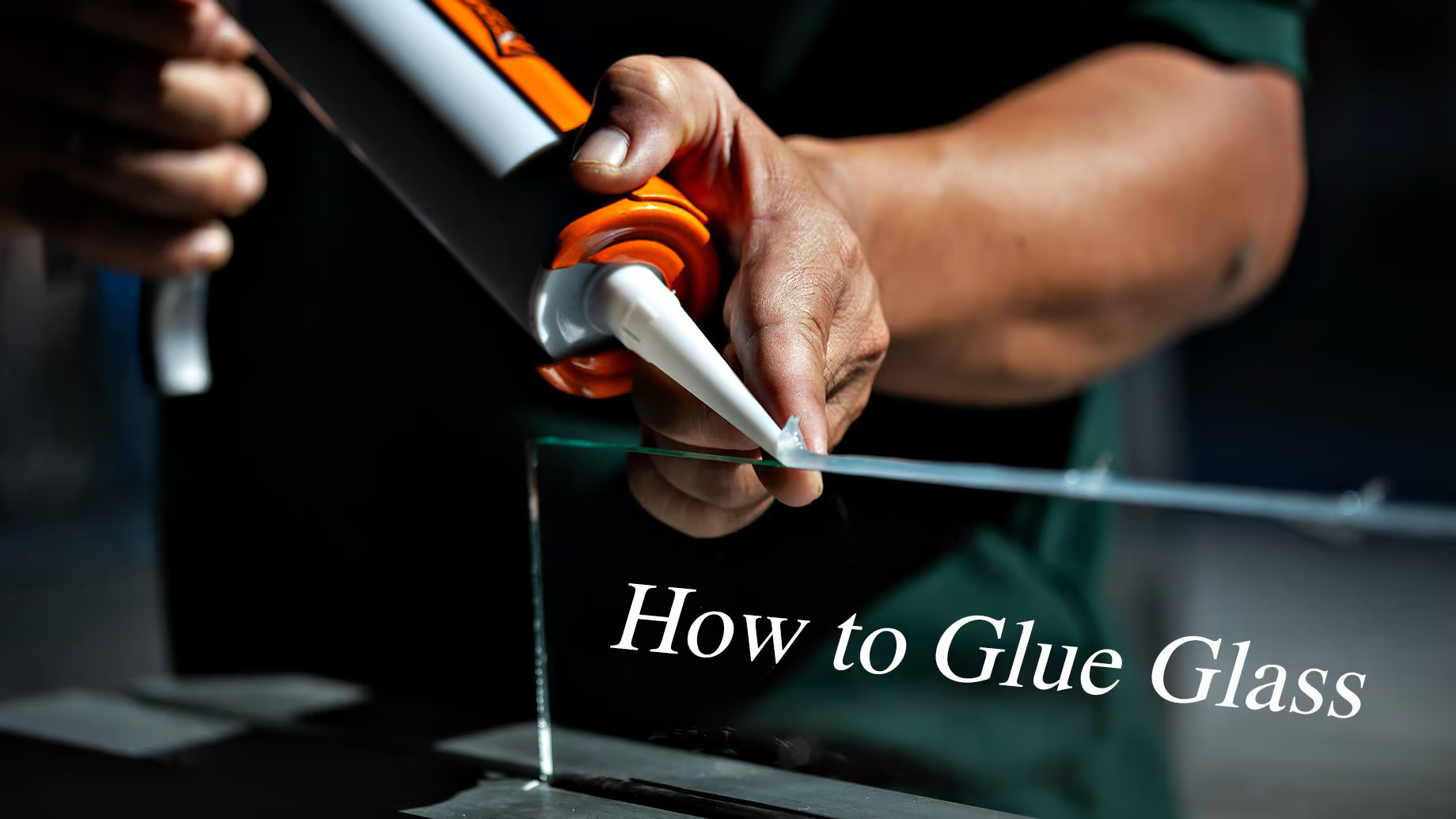
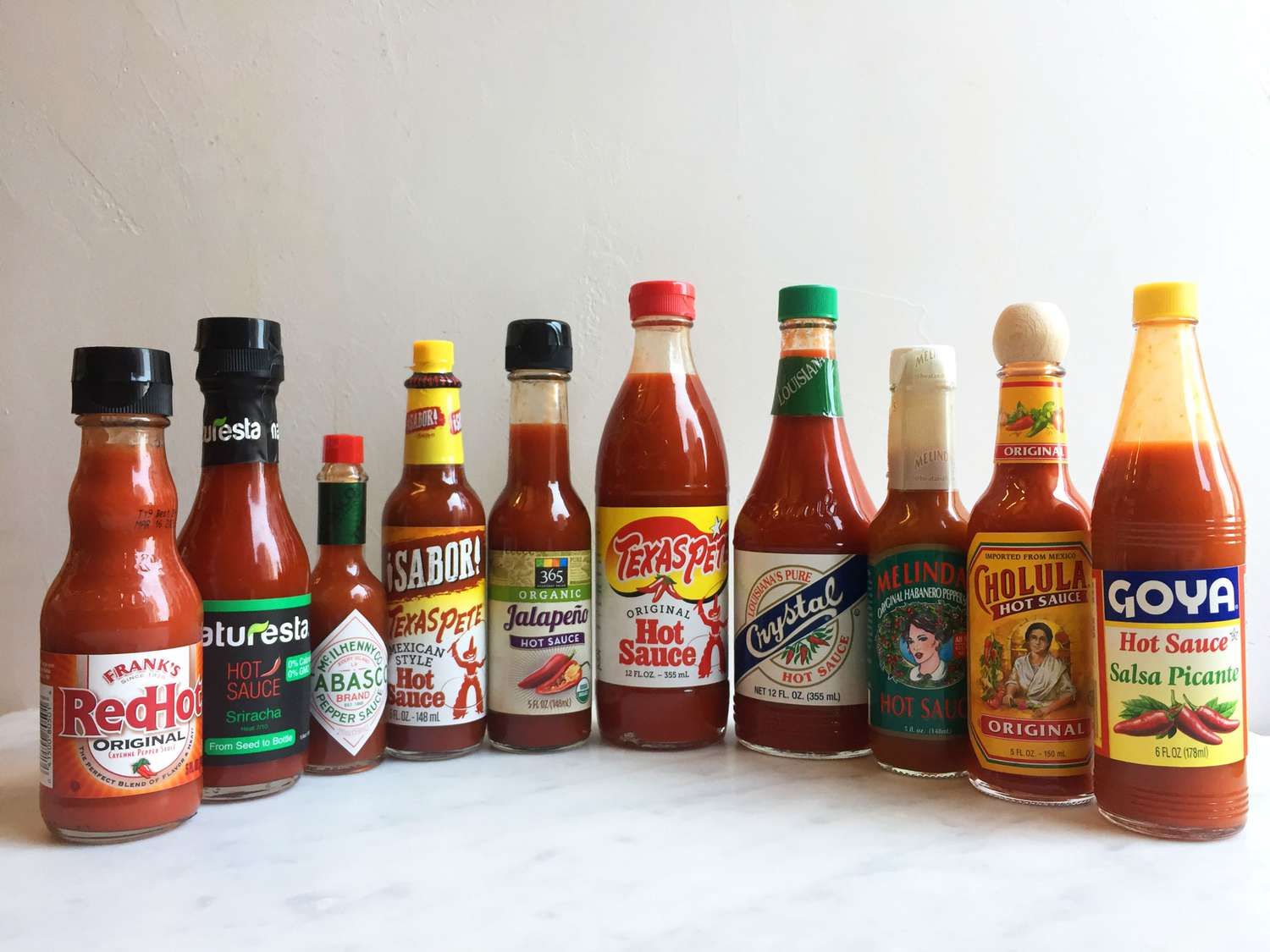


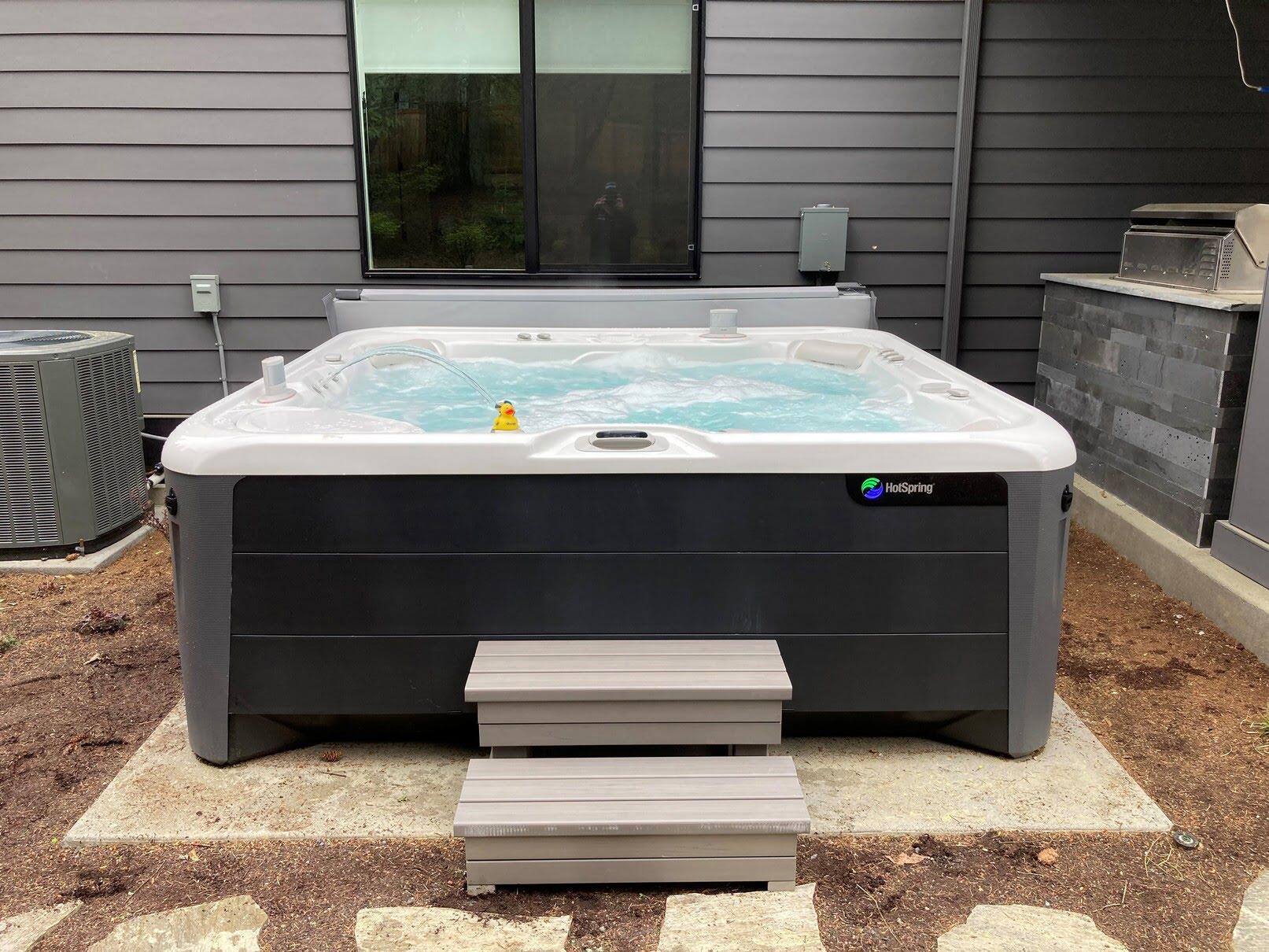

0 thoughts on “How Hot Is Molten Glass”